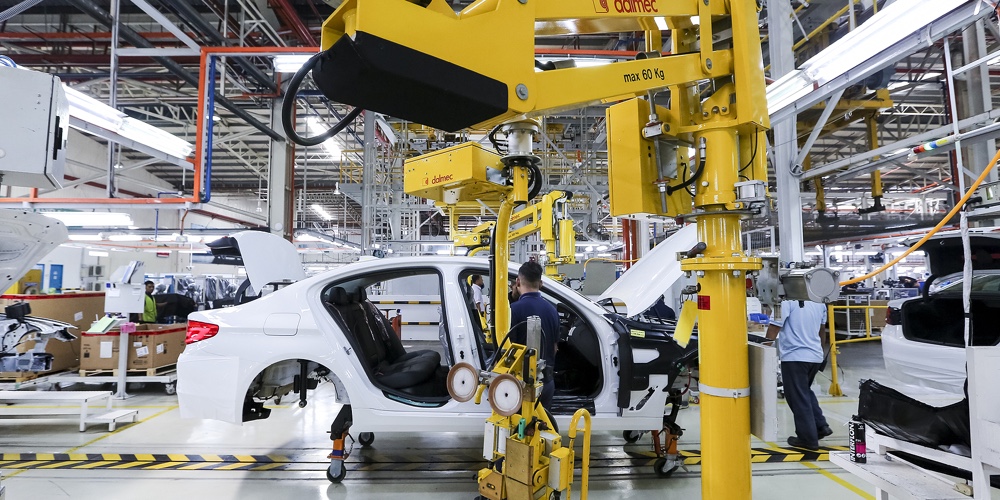What do CU staff have in common with auto workers?
The answer can help you win the war for talent

When we think about automation changing the way people work, the first image that usually comes to mind is an automobile worker in Detroit going from assembling a car themselves to supervising a robot that assembles cars.
But credit union employees have faced a similar transformation, both front and back of house.
Think about the workload that tellers had in the past, focused almost entirely on processing transactions. But with this work automated by computers, ATMs, ITMs, cash handling machines, and check readers, tellers were no longer tied up with repetitive task-based work. They transitioned into a universal associate role where they have greatly expanded responsibilities and focus on solving problems and building relationships with members.
Likewise, back of house employees used to perform primarily task-based functions, spending large amounts of time and energy creating reports, presentations, graphics, etc. As technology automated aspects of these roles and made the work more efficient, these roles transformed into more strategic and collaborative project-based roles.
The very nature of credit union work has fundamentally changed over a generation (and this change continues to accelerate), but in too many cases the way that employees are supported in their work has not changed. And this is where you have an opportunity to win the war for talent.
Employees’ enthusiasm and passion for their work is strongly tied to how well they are supported in a workplace. If their working environment doesn’t support the work tasks that they engage in throughout their day, this will introduce friction and frustration.
Taking the initiative to build a workplace strategy and workplace design philosophy that accounts for how your staff can be best supported in their work can help your credit union stand out as a great place to work.
For the physical working environment, this can mean implementing Activity Based Working. This is a strategy based on understanding the work tasks your employees engage in throughout the day and providing spaces to accommodate them. For example, an employee that focuses on individual work throughout the day may be best accommodated by a relatively private workstation, while highly collaborative roles will thrive in a hotdesking situation. In the middle, you may have employees who engage in a mix of individual and collaborative work and who need to move to different workspaces throughout the day.
Likewise, the pandemic lockdowns were an experiment in remote working that showed that many employees thrive in that setting and can even be more productive. Hybrid working transformed from a perk to table stakes. Implementing a great hybrid working strategy can not only help your employees achieve better work-life balance, but it can also help your team achieve higher levels of productivity and innovation.
To learn more about strategies to better support credit union employees and win the war for talent, read our whitepaper – A Study of Credit Union Workplaces and the Future of Work as well as our more recent whitepaper – The New Credit Union Hybrid Workplace published in partnership with The Filene Research Institute at filene.org/560.

